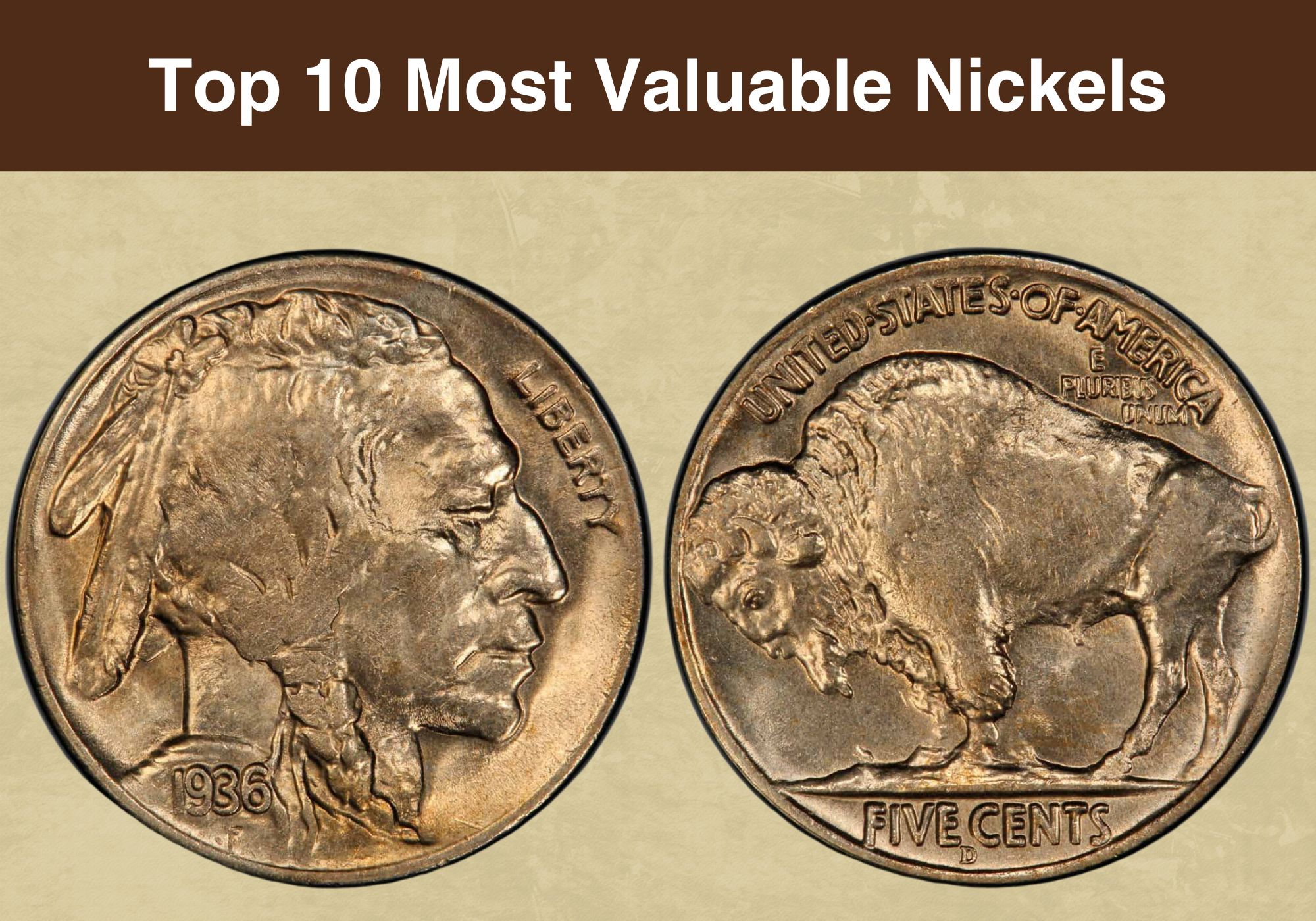
A nickel might only have a face value of five cents – but some nickels can be worth a whole lot more to collectors.
So just what is it that makes some nickels hot property for collectors? That’s what we’ll find out, as we search for the most valuable nickel ever to have sold.
Ready to learn more? Step this way!
Lists of Most Valuable Nickel Coins Worth Money
1. 1936-D Buffalo Nickel, 3 ½ Legs, MS63
Almost 25 million nickels were struck in Denver in 1936. They were part of the series known as “Buffalo nickels” after the image on the reverse of the coin. And some of them are significantly more valuable than others.
Of most interest to collectors is a variant known as the “3 ½ legs”. It was created as a result of over-polishing the die used for the image of the buffalo on the reverse. The loss of detail on the front foreleg gave rise to the name, with half of the leg effectively disappearing.
Only around 300 of these coins are known to exist, so examples in any condition are valuable to collectors. Today, the PCGS estimates the value of even a coin graded 4 at $500. And the finest examples are worth much more.
The coin grading system runs from 1 to 70, with 70 indicating a flawless coin. The auction record was set for this coin was set by an example graded MS63. (The MS stands for “mint state” and means the coin has never been circulated.)
Only two such coins of this quality are known to exist, with none finer. It was last sold in 2009, and achieved a price of $20,700. Today, the independent coin graders the PCGS estimate its value at $30,000.
Check 1936 Nickel History, Variety Price Chart & Errors List
2. 1938-D/S Buffalo Nickel
No Buffalo nickels were struck at the San Francisco mint facility in 1938. But there is an interesting variant from that year featuring the S mintmark.
Some of the nickels struck at Denver have the “D” mintmark punched over an “S”. The theory goes that some of the San Francisco dies were deliberately repunched at Denver. The coins they went on to produce were the “D over S” (D/S) variety.
There are, however, several different variations of these coins. And most of them are no more valuable than 1938 nickels without the overpunched mintmark. If you find a coin where the overpunching is classed as “strong”, however, it will command a premium.
One such coin set an auction record in 2004. The “S” mintmark was clearly visible, with the middle curve curling behind the center of the “D”. It was graded MS68* by the independent coin graders the NGC, and no finer examples were known to exist.
It crossed the block for $25,300, and is today valued by the PCGS at $30,000.
Check 1938 Nickel History, Variety Price Chart & Errors List
3. 1954-S Jefferson Nickel, MS67 Full Step
The nickels struck from 1938 to the present day are known as Jefferson nickels. They get their name from the portrait of the former president that appears on the obverse. And despite not being the oldest nickels out there, some of them are extremely valuable.
The nickels struck in 1954 were minted at Denver, Philadelphia and San Francisco. The San Francisco mintage was the lowest of the three, with just over 29 million coins struck. So 1954 nickels with an “S” mintmark are much rarer than those with a “D” or no mintmark.
Rarer still are those coins designated as being “Full step”. The vast majority of nickels minted that year, were not fully struck, meaning that not all of the design details appeared on the finished coins.
Those that were fully struck are given the designation of “Full step”, often abbreviated to FS. This refers to the steps on the image of Monticello, Jefferson’s home, which appears on the coins’ reverse. If all the steps are visible, the coin is considered a “Full step” version.
Only 25 of the nickels struck in San Francisco in 1954 have been designated “Full step”. So one of these coins in any condition is worth serious money to collectors.
The finest known example was graded MS67 by independent coin graders the PCGS. It last came to auction in July 2020, when it sold for a record-breaking $35,250.
Check 1954 Nickel History, Variety Price Chart & Errors List
4. 1938 D Jefferson Nickel, MS68+ Full Step
1954 wasn’t the only year in which there were difficulties achieving a full strike for Jefferson nickels. The first Jefferson nickels were minted in 1938, and there were just as many problems with the design.
In fact, the hub used for the dies was re-cut in 1940. This was intended to sharpen the lines of the steps of Monticallo, the image on the reverse of the coin. The steps on the earlier coins were almost always blurred and fuzzy. So finding an early Jefferson nickel with a full step designation is a tall order.
The majority of 1938 Jefferson nickels – over 19 million of them – were minted in Philadelphia. Another 5 million plus were minted in Denver, and just over 4 million in San Francisco.
The Denver coins are highly sought after by collectors in any grade. And the coins in the finest condition fetch a lot of money. Examples graded MS66 with the Full Step designation are scarce, and at MS68, only eight such coins are known to exist.
But the finest of all is a sole example graded MS68+ by the PCGS. It sold in July 2022 for an impressive $33,600.
Check 1938 Nickel History, Variety Price Chart & Errors List
5. 1937-D Buffalo Nickel, 3 Legs, MS66
Just as in 1936, the Denver mint struck a large number of Buffalo nickels – almost 18 million of them. And once again, over-zealous die polishing resulted in damage to the design on the reverse of a small number.
In this case, the front foreleg was almost entirely removed. As a result, the variant is known as the “3 legs”. More of these coins are estimated to survive than the earlier “3 ½ leg” variant, with about 1,000 believed to be in existence.
Values start at $350 for a coin graded 3. But finding examples in mint state is very difficult. The PCGS estimates the value of one of these nickels graded MS60 at $2,950.
The auction record was set by a coin graded MS66+. That was one of five at the same level, and it sold in 2021 for a shade under $100,000.
But the finest example in existence is graded MS67. That has not come to the market since 2016, when it sold for just over $85,000. Today, the PCGS estimates its value at a whopping $150,000.
Check 1937 Nickel History, Variety Price Chart & Errors List
6. 1916 Buffalo Nickel, Double Die Obverse, MS63
In 1916, some of the Buffalo nickels struck in Philadelphia had an error known as a double die obverse.
This is an error stemming from the production of the die. The die has to be struck more than once by the hub to capture all the details of the design. And if there’s any movement between strikes, a double image is the result. This is then transferred to the coins struck by the die.
The doubling on the 1916 Buffalo nickel is very clear. But it still took over four decades for it to be noticed and identified as a distinct variety.
Since then, its collectability has grown and grown. Today, the PCGS estimates the value of an example in poor condition, graded 3, at $2,700. Values enter five figures for coins graded 15 and above, and a mint state coin is valued at a minimum of $55,000.
The finest quality example to have been sold at auction was graded MS63. It was offered for sale in 2022, and fetched $138,000. Although it was an auction record, the price was likely a disappointment: the PCGS places its value today at $175,000.
Check 1916 Nickel History, Variety Price Chart & Errors List
7. 1880 Shield Nickel, MS66
The nickels produced between 1866 and 1883 were known as “Shield nickels” after the design on their obverse. 1880 is a key date, with the mintage of coins for circulation that year the lowest of any in the series.
At that time, nickels were being struck only in the Mint’s original facility, Philadelphia. Only 19,995 nickels were produced there that year. And even the poorest condition circulation coins will be worth around $2,000.
Proof coins, however, are considerably less rare than coins produced for circulation. And proofs that are poorly struck are often offered for sale as the more valuable business strike coins.
Before you part with serious money for one of these coins, then, make sure it’s been independently authenticated. With examples certified by independent coins graders like the PCGS or NGC, you can be confident you’re getting what you’re paying for.
The finest quality business strike coins known to exist are two examples graded MS66 by the PCGS. One of those was offered on online auction site eBay in March 2023.
While the PCGS estimated its value at $125,000, bidders considered it to be much more valuable.It finally sold for $198,995.
Check 1880 Nickel History, Variety Price Chart & Errors List
8. 1918/7-D Buffalo Nickel, MS65
The 1918/7-D Buffalo nickel is so-called because it’s an example of an error known as an “over-date”. It was not discovered until 1930, and quickly became one of the most collectable of all Buffalo nickels.
Most examples are well struck, showing the top and bottom of the “7” clearly beneath the “8”. And while more than 8 million nickels were struck in Denver in 1918, only around 7,000 examples have this over-date.
That means that coins in any condition are worth good money. The PCGS values a 1918/7-D graded 2 at $650, with values entering four figures for coins graded 6 and above.
A gem quality example graded MS65 sold at auction in 2006 for an amazing $350,750. That was an auction record – but it wasn’t the finest example known to exist.
The PCGS has graded four coins half a point higher at MS65+. And while none of these have been sold on the open market, their estimated value is a cool $450,000 apiece.
Check 1918/7 Nickel History, Variety Price Chart & Errors List
9. 1913 Liberty Head Nickel, Proof, PR66
Claiming the top place for valuable nickels is the 1913 Liberty Head nickel. Only five coins are known to exist, and they’re all proofs – in other words, coins never intended for circulation. So why are they so rare?
1913 was the first year in which the Mint produced the nickels known variously as “Indian Head” or “Buffalo” nickels. These names come from the images on the obverse and reverse respectively.
There are millions of these coins on the market. So unfortunately, just having a nickel dated 1913 doesn’t mean you can give up the day job!
The five Liberty Head proof nickels produced that year were never authorized by the US Mint. Quite how they came to exist is the subject of some debate.
In 1920, Samuel Brown, a coin collector, displayed all five coins at the American Numismatic Association’s annual convention.
The previous year, Brown had placed an advertisement in The Nunismatist magazine, saying that he had found one such coin. The advertisement asked for information on any others, offering $500 apiece for any that came forward.
Brown claimed that he had assembled his collection as a result of that advertisement – but not all coin historians believe this. Brown had previously worked at the Mint, and some conjecture that he had either made the coins himself, or had them struck and smuggled out.
Whatever the truth of the matter, the rarity of these coins makes them highly valuable. Today, two of them are in museums, leaving three for private collectors.
The latter range in condition from PR55 to PR66. The three privately owned coins are graded PR63 (known as the Walton specimen), PR46 (the Olsen-Hydeman specimen) and PR66 (the Eliasberg specimen).
The finest of these last came to auction in 2018. When it sold, it set a record for any nickel, achieving an astonishing price of $4.56 million. Today, the PCGS values it at an even more eye-watering $6.25 million.
Check 1913 Nickel History, Variety Price Chart & Errors List
10. 1913 Liberty Head Nickel, Proof, PR66
Claiming the top place for valuable nickels is the 1913 Liberty Head nickel. Only five coins are known to exist, and they’re all proofs – in other words, coins never intended for circulation. So why are they so rare?
1913 was the first year in which the Mint produced the nickels known variously as “Indian Head” or “Buffalo” nickels. These names come from the images on the obverse and reverse respectively. No coins with the previous image of Liberty’s head should have been produced.
But five Liberty Head nickels were produced that year, all proofs, and all unauthorized by the US Mint. Quite how they came to exist is the subject of some debate.
In 1920, Samuel Brown, a coin collector, displayed all five coins at the American Numismatic Association’s annual convention.
The previous year, Brown had placed an advertisement in The Nunismatist magazine, saying that he had found one such coin. The advertisement asked for information on any others, offering $500 apiece for any that came forward.
Brown claimed that he had assembled his collection as a result of that advertisement – but not all coin historians believe this. Brown had previously worked at the Mint, and some conjecture that he had either made the coins himself, or had them struck and smuggled out.
Whatever the truth of the matter, the rarity of these coins makes them highly valuable. Today, two of them are in museums, leaving three for private collectors.
The latter range in condition from PR55 to PR66. The three privately owned coins are graded PR63 (known as the Walton specimen), PR46 (the Olsen-Hydeman specimen) and PR66 (the Eliasberg specimen).
The finest of these last came to auction in 2018. When it sold, it set a record for any nickel, achieving an astonishing price of $4.56 million. Today, the PCGS values it at an even more eye-watering $6.25 million.
Check 1913 Nickel History, Variety Price Chart & Errors List
The most valuable nickels ever sold
That brings us to the end of our look at the most valuable nickels out there. Our list includes everything from early Shield nickels to interesting variants and errors.
The key to value is scarcity. So if you’ve got a nickel that’s unusual in some way, it could be worth a lot of money.
Happy collecting!

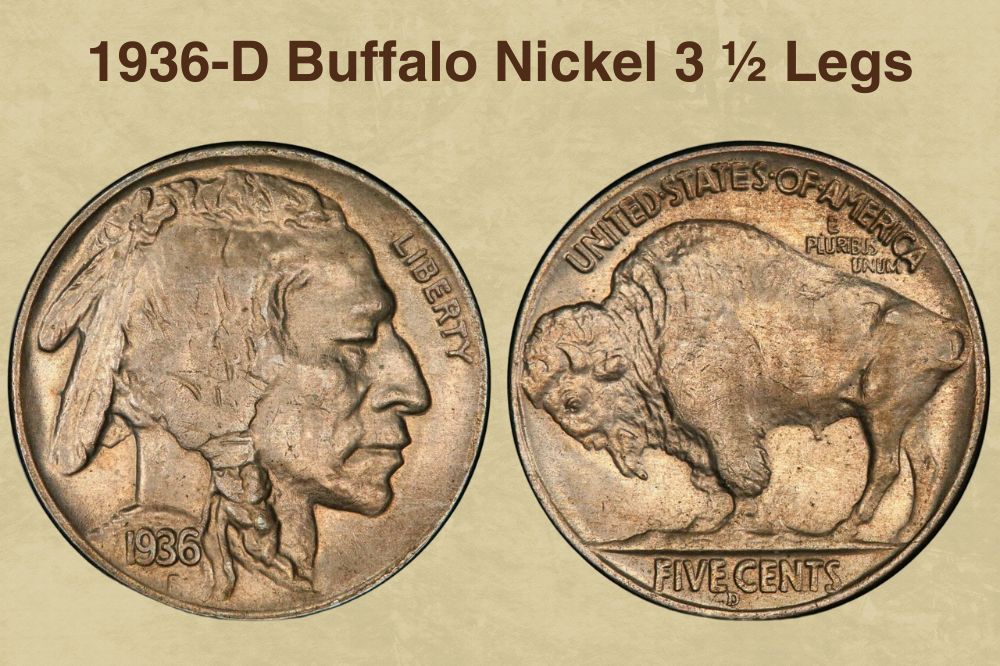
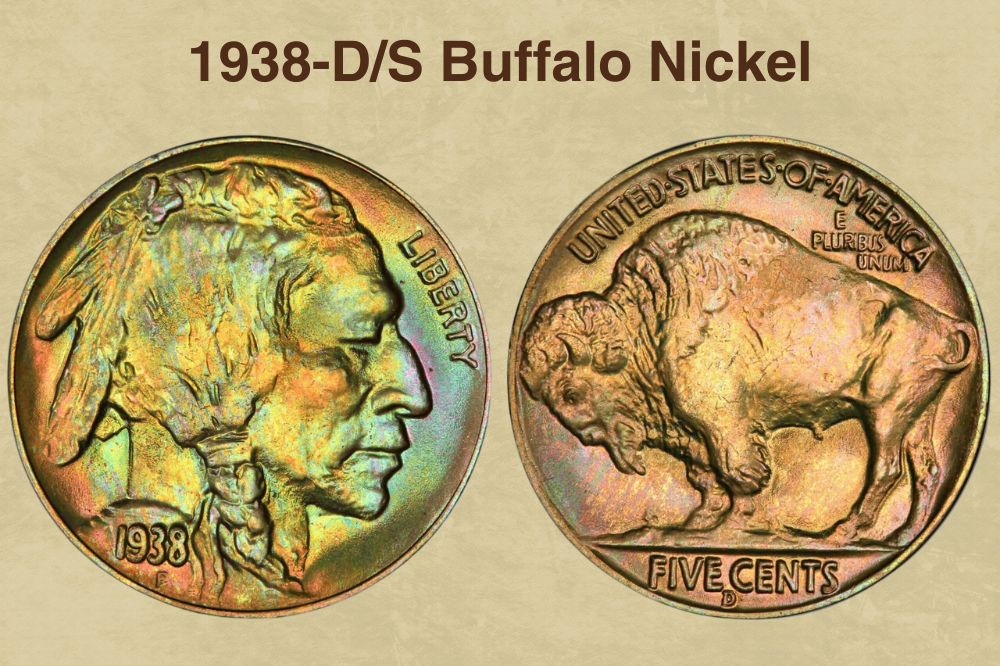
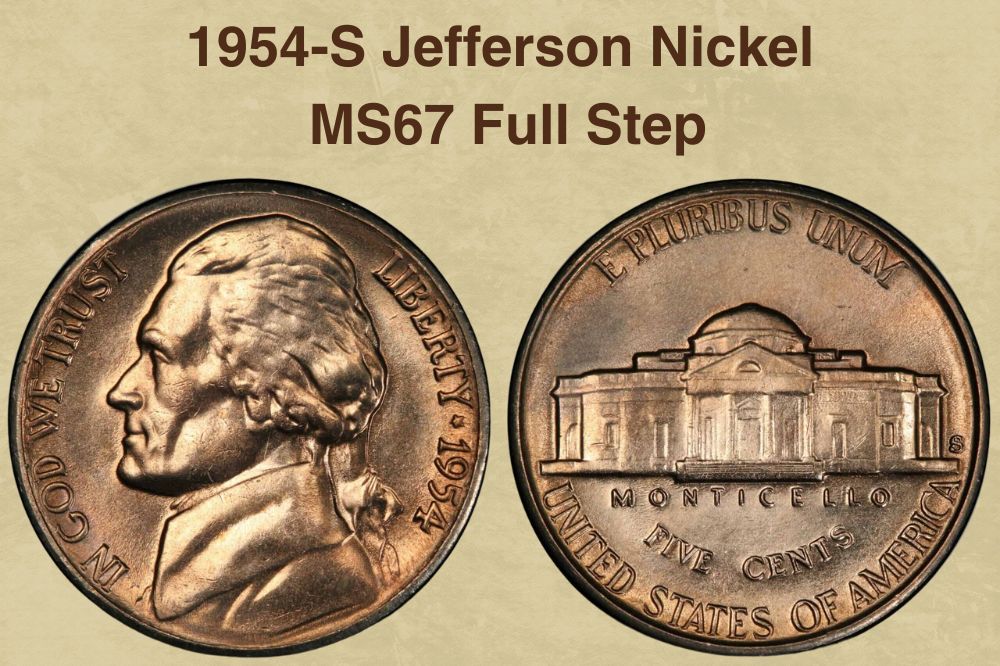
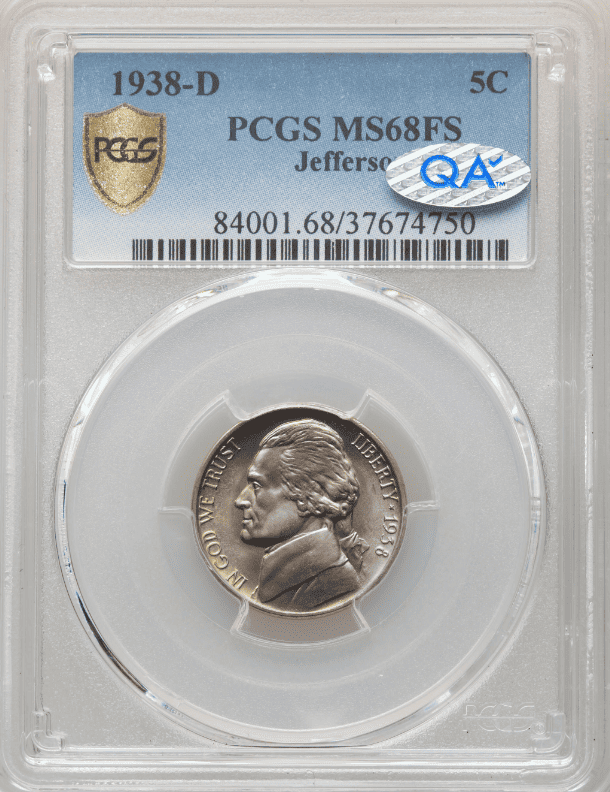
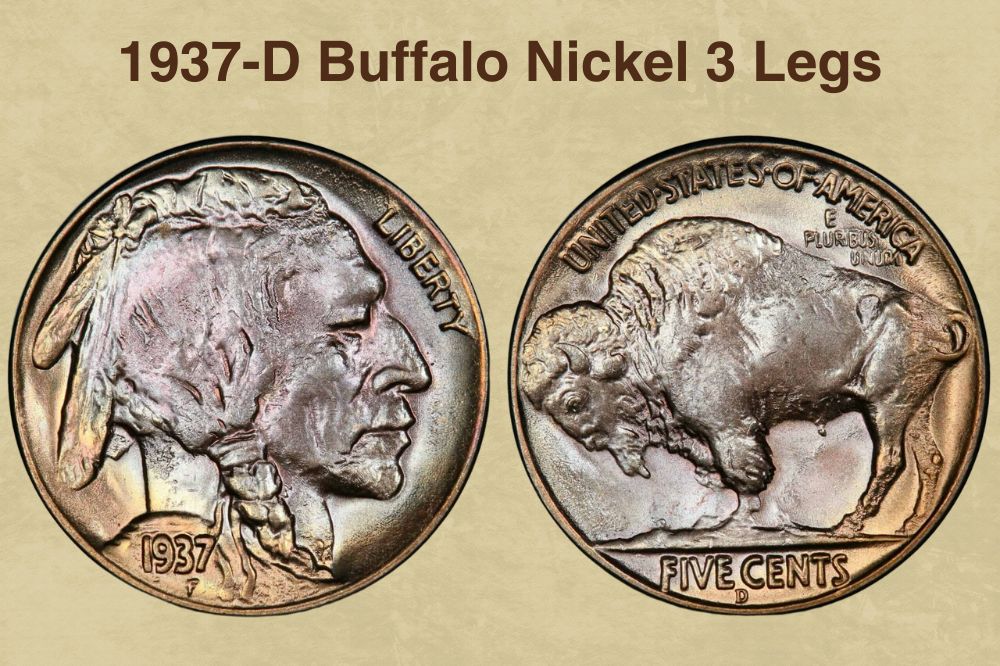
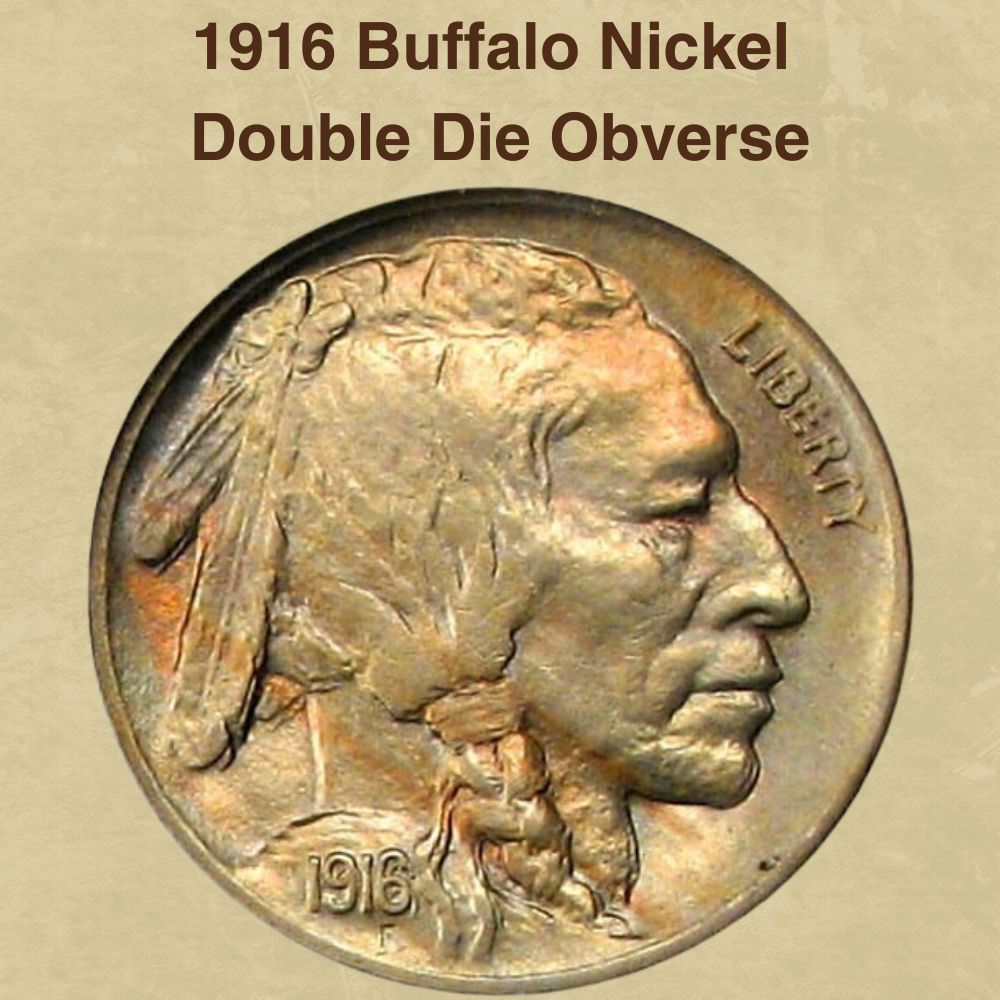
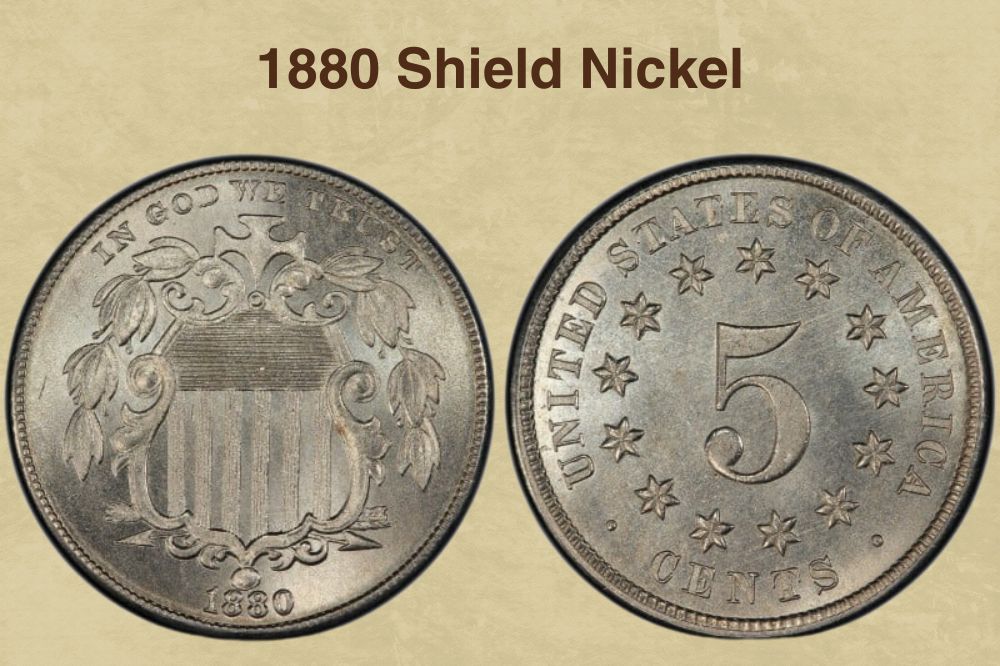
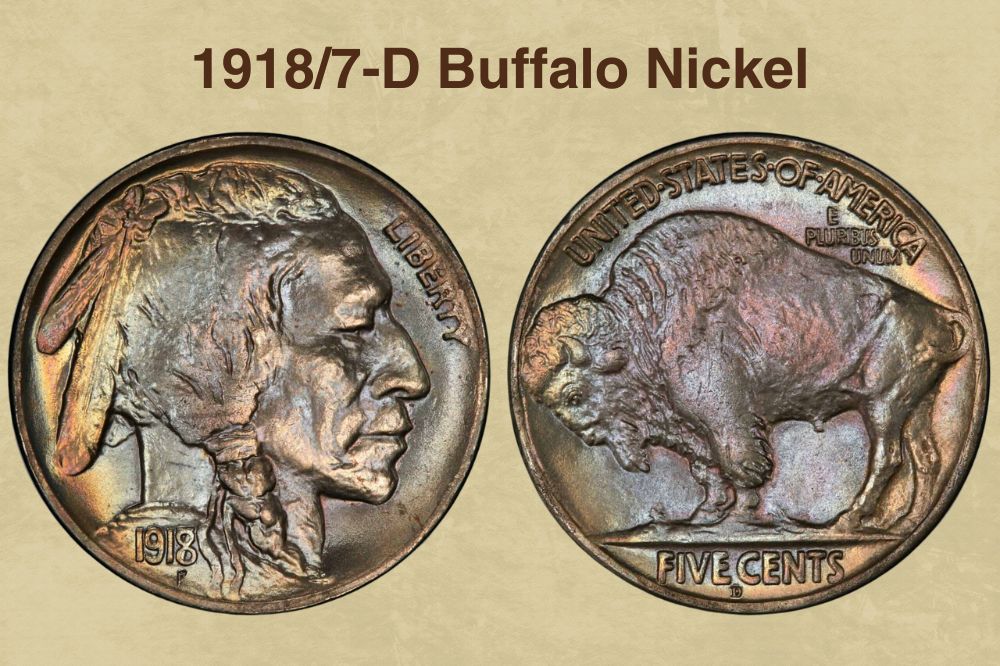
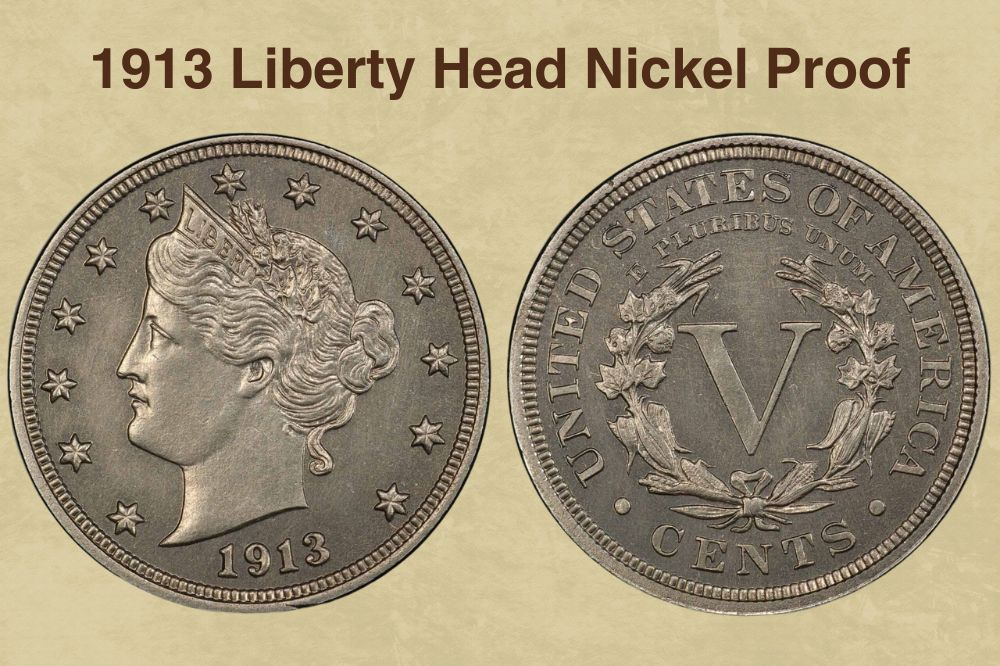
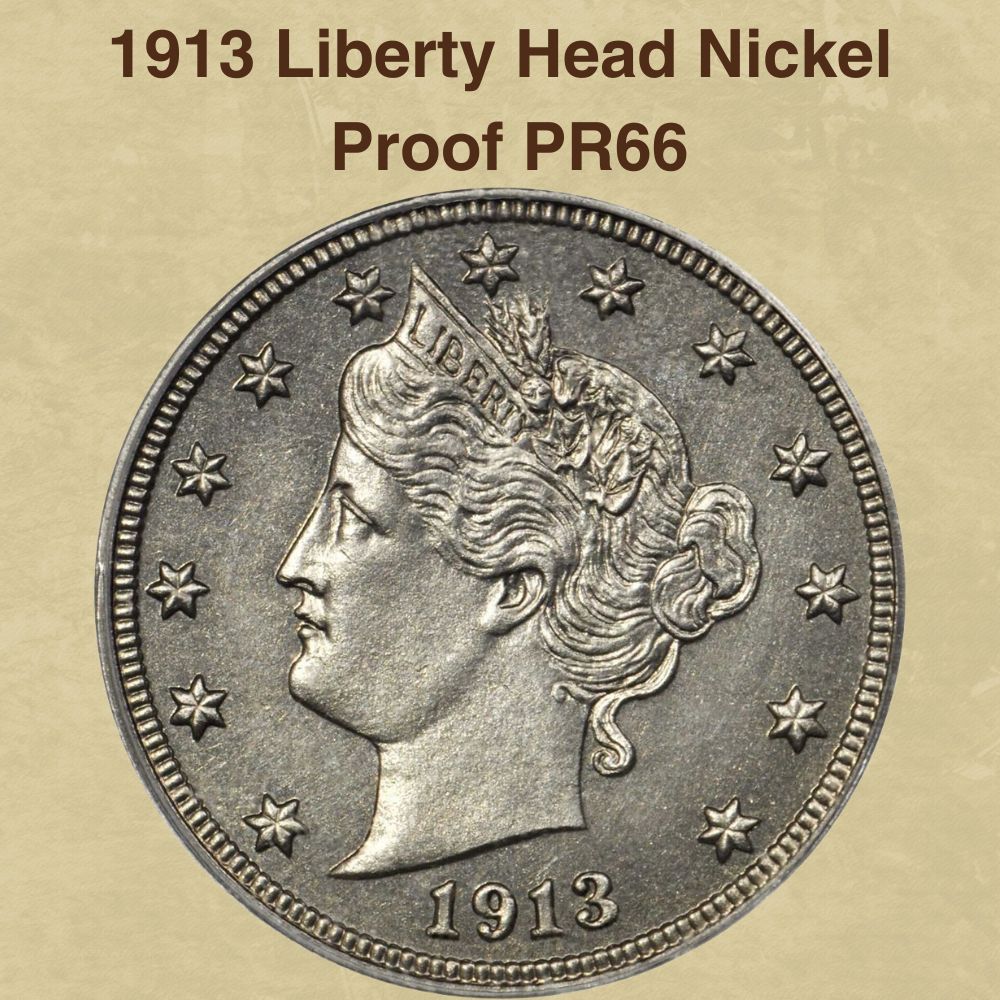
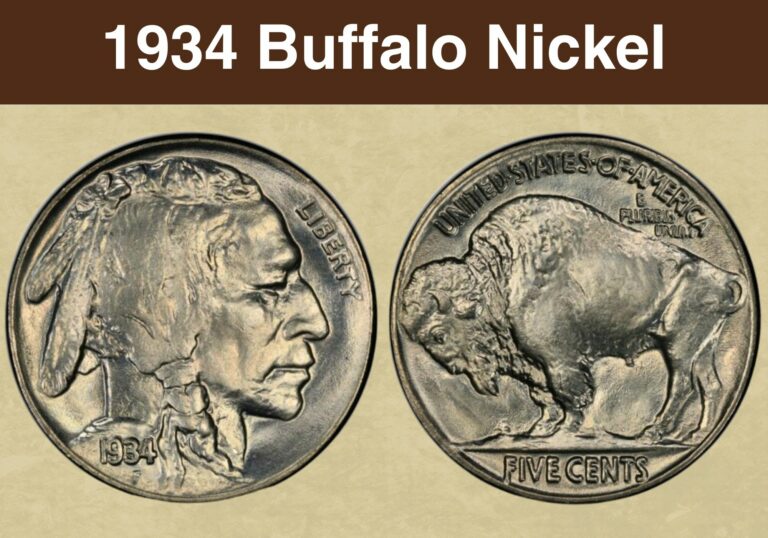
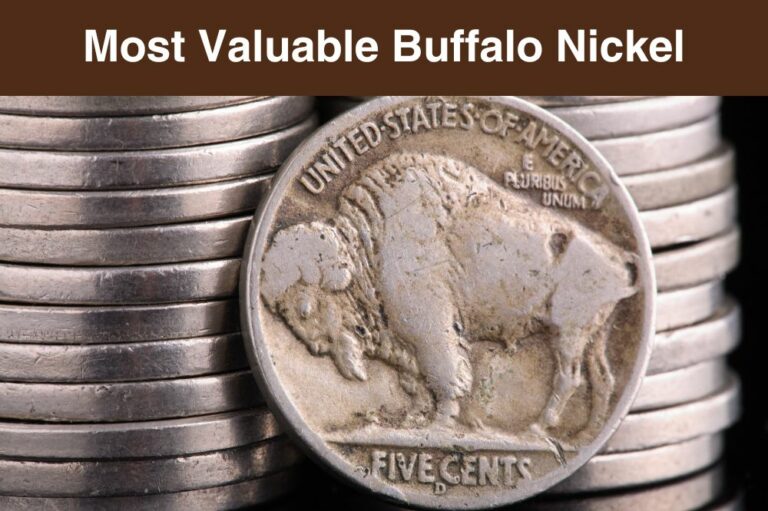
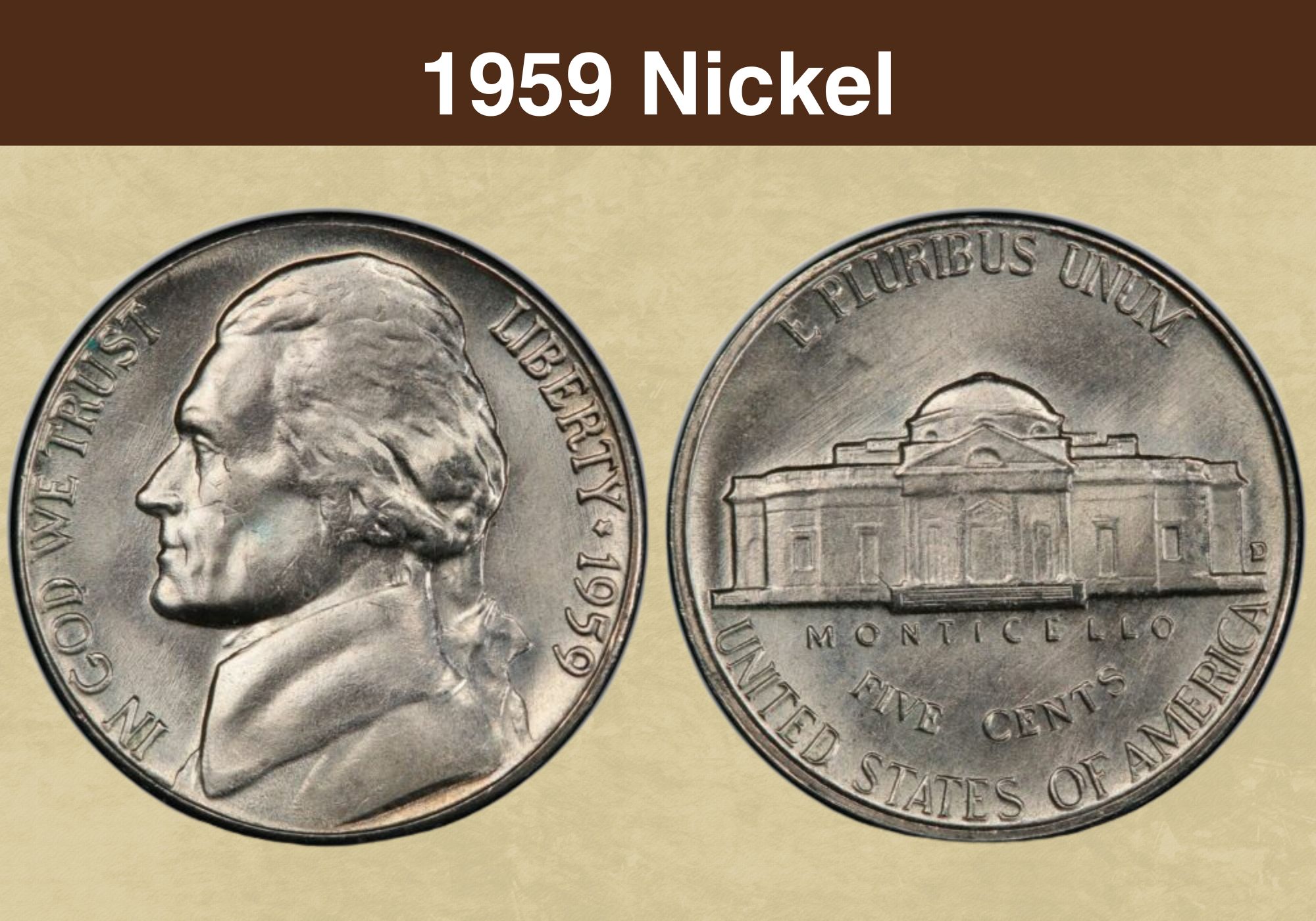
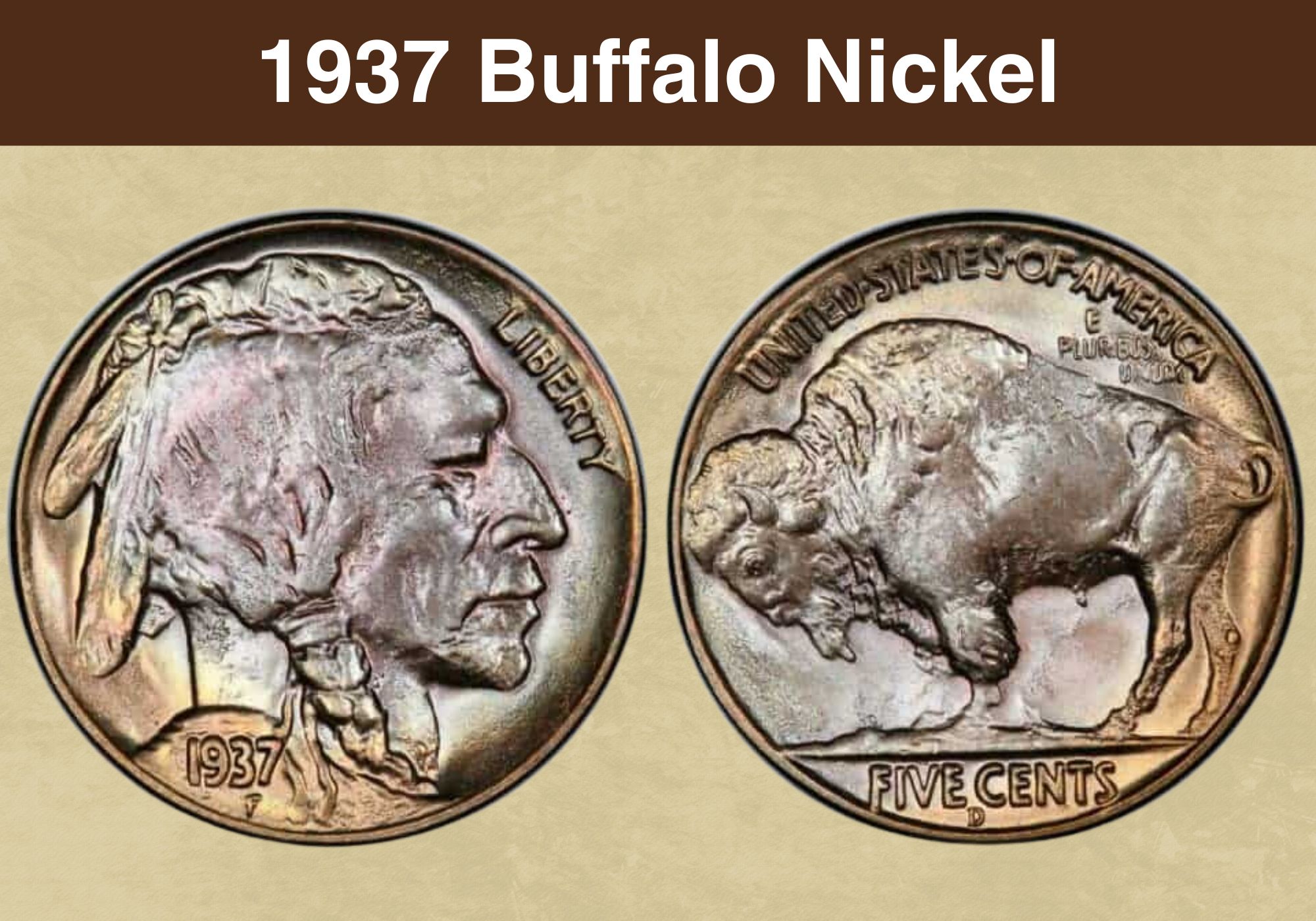
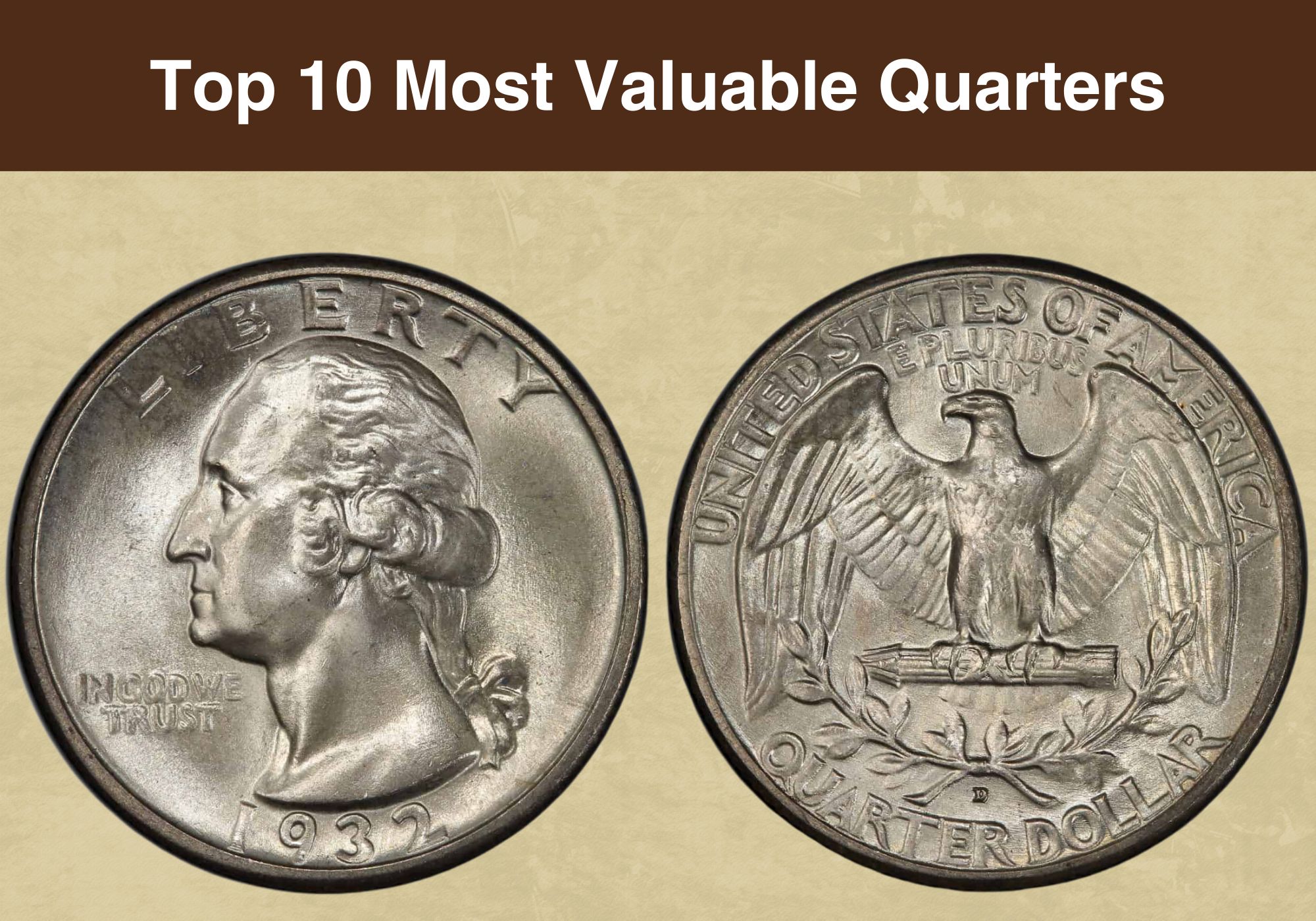
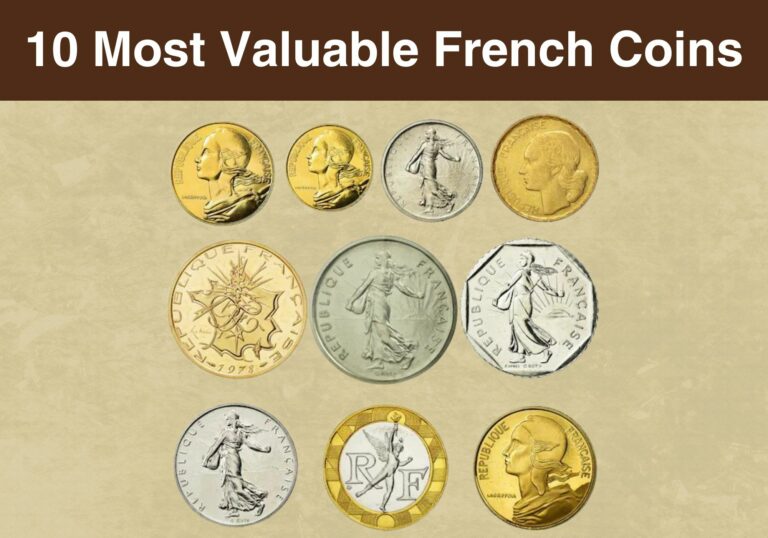
Hi. Thanks for being in my connection. I would love to share my experiences with like-minded people.
I’m Muhammad Majid the Founder and CEO of Achievers. It’s a Freelance Learning platform that helps young entrepreneurs to grow.
In short, I’m a serial entrepreneur, a self-made millionaire, and a freelancer. I help small and large companies to grow organically with my guest posting services. I have my websites and have over 800 author accounts available.for link-building in various niches.
I would also like to hear from you. Would you mind introducing. From where you are doing guest posting is also good , once check my list also I have good sites too.